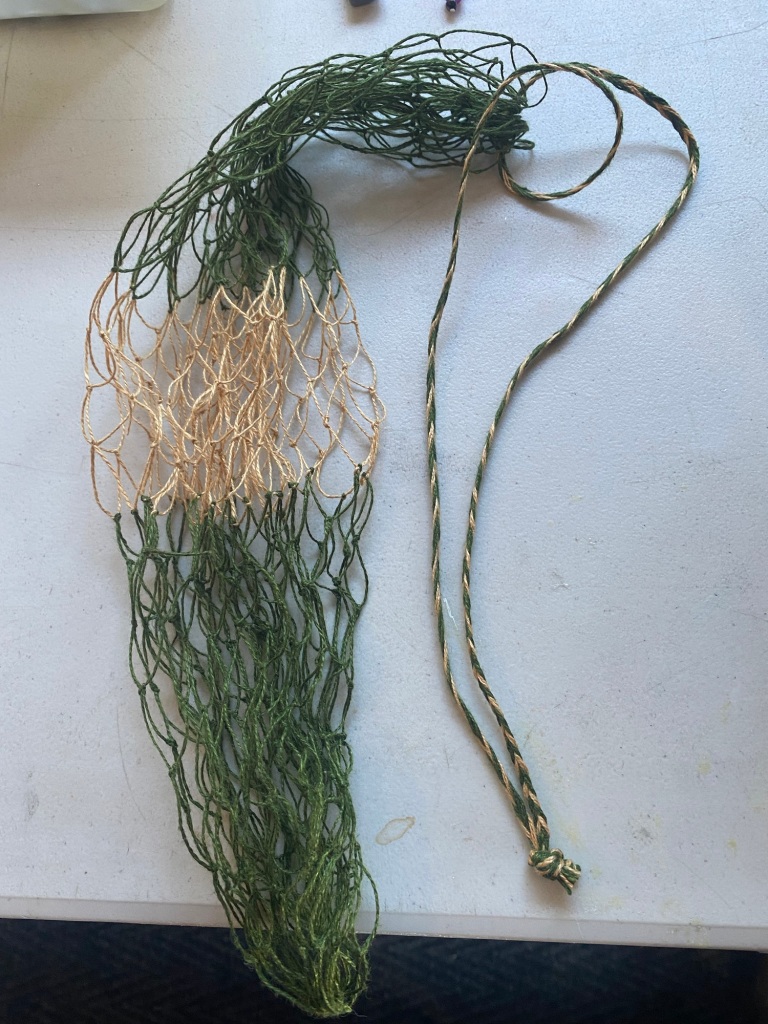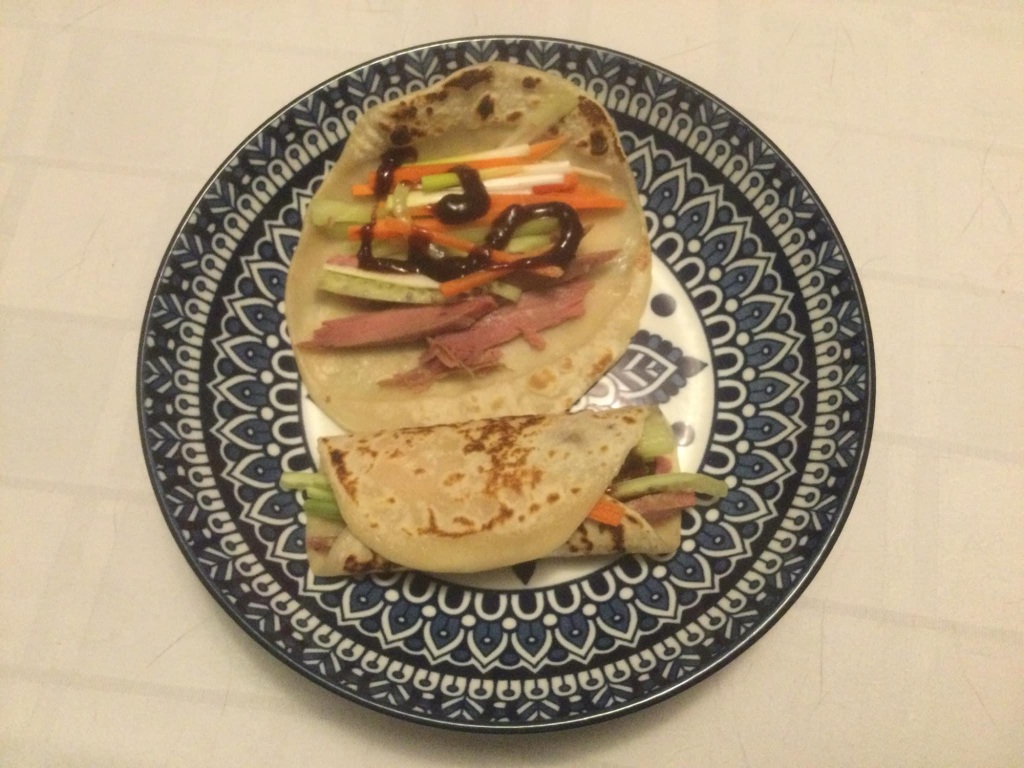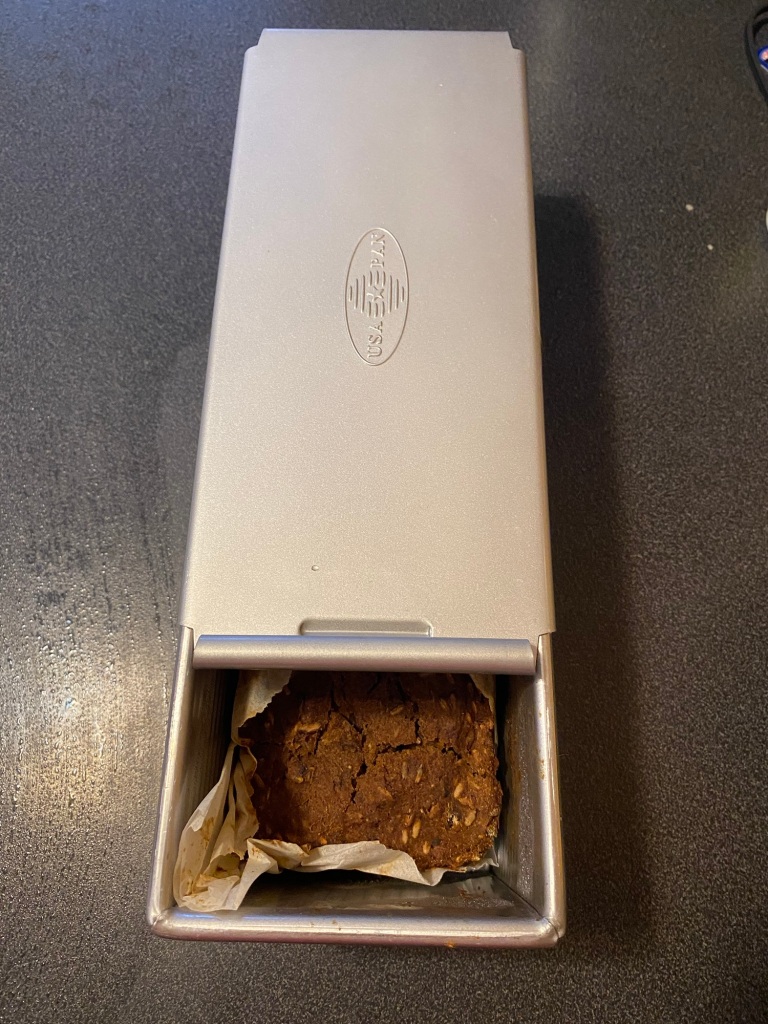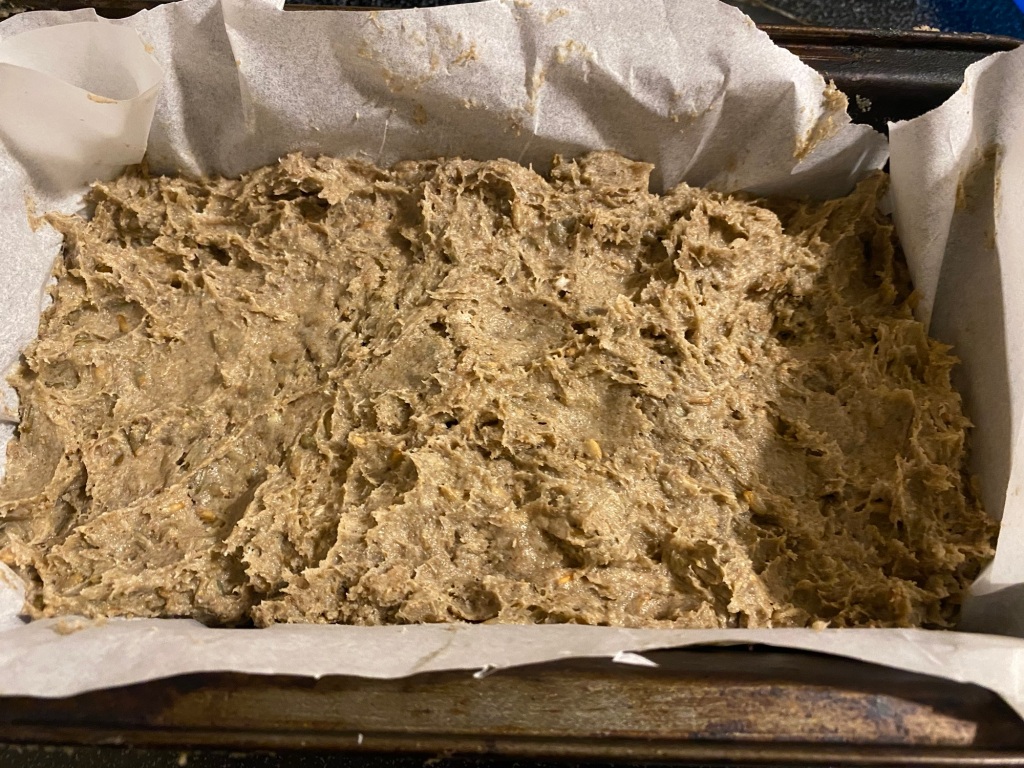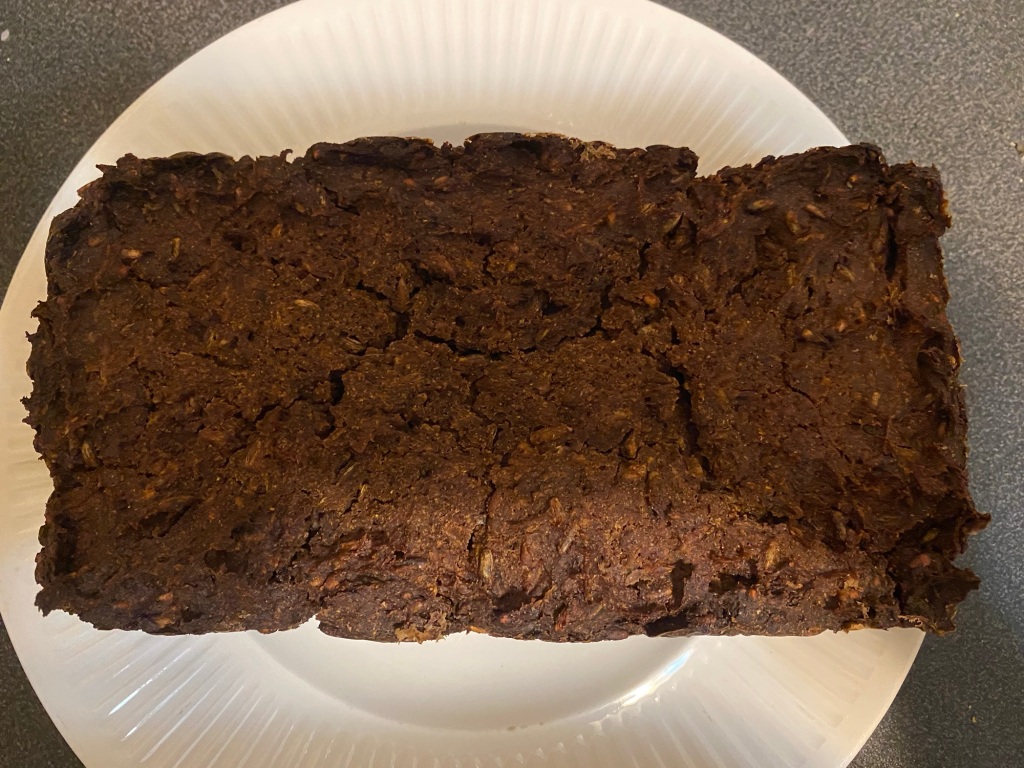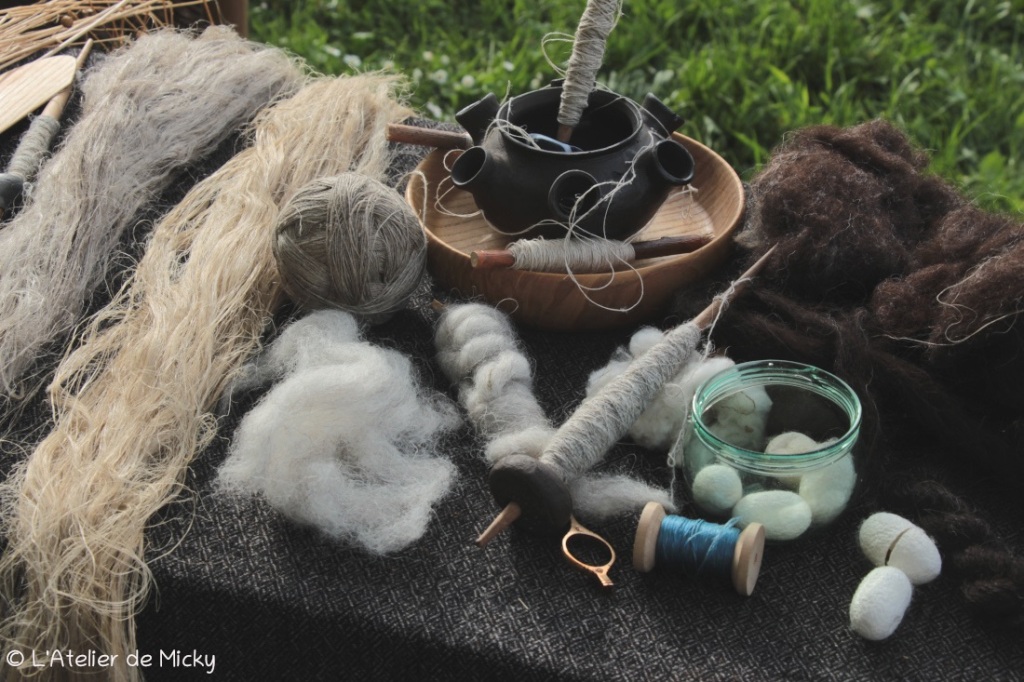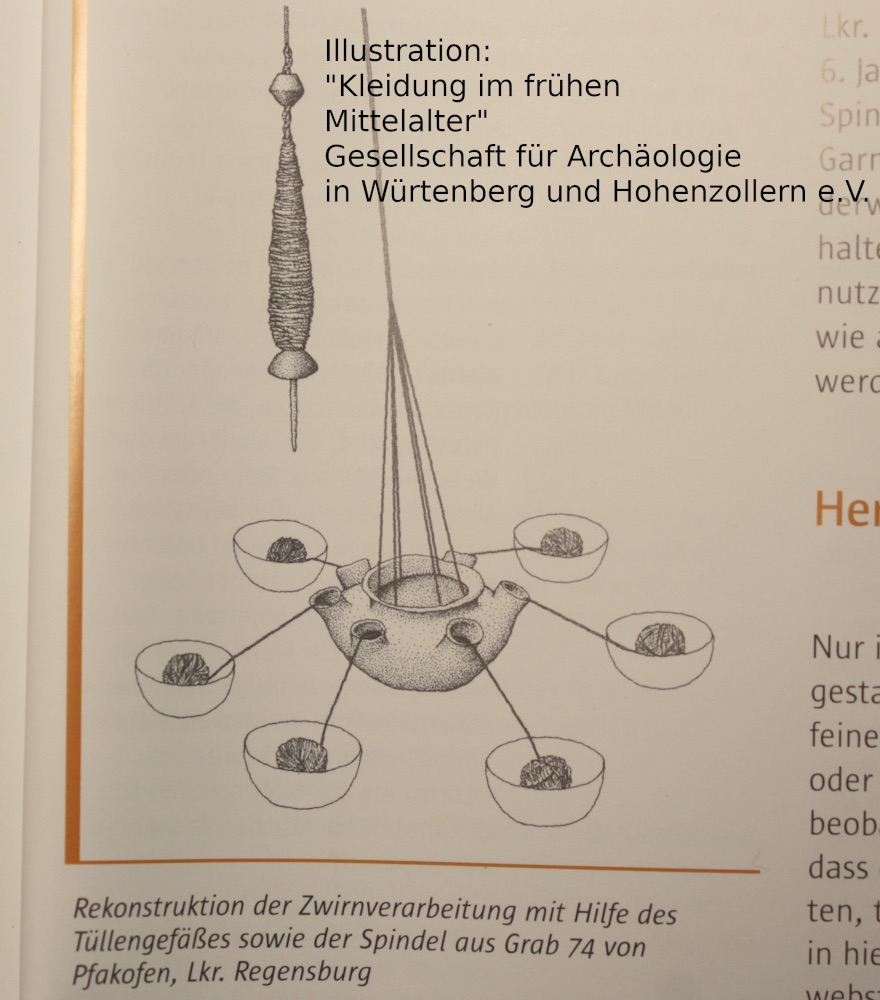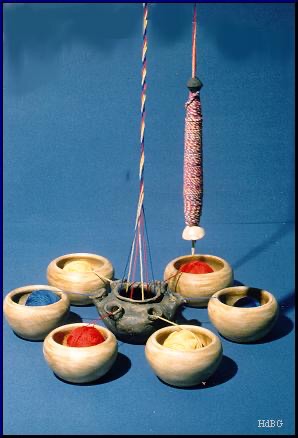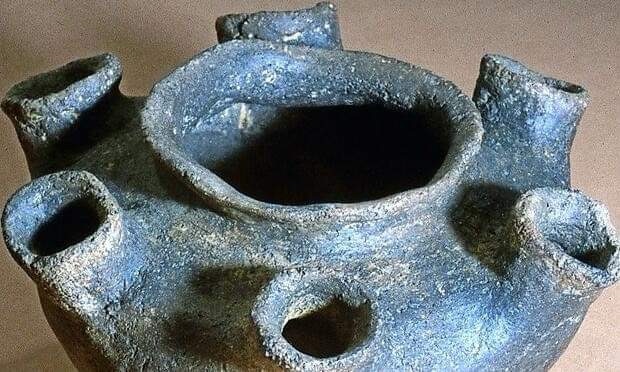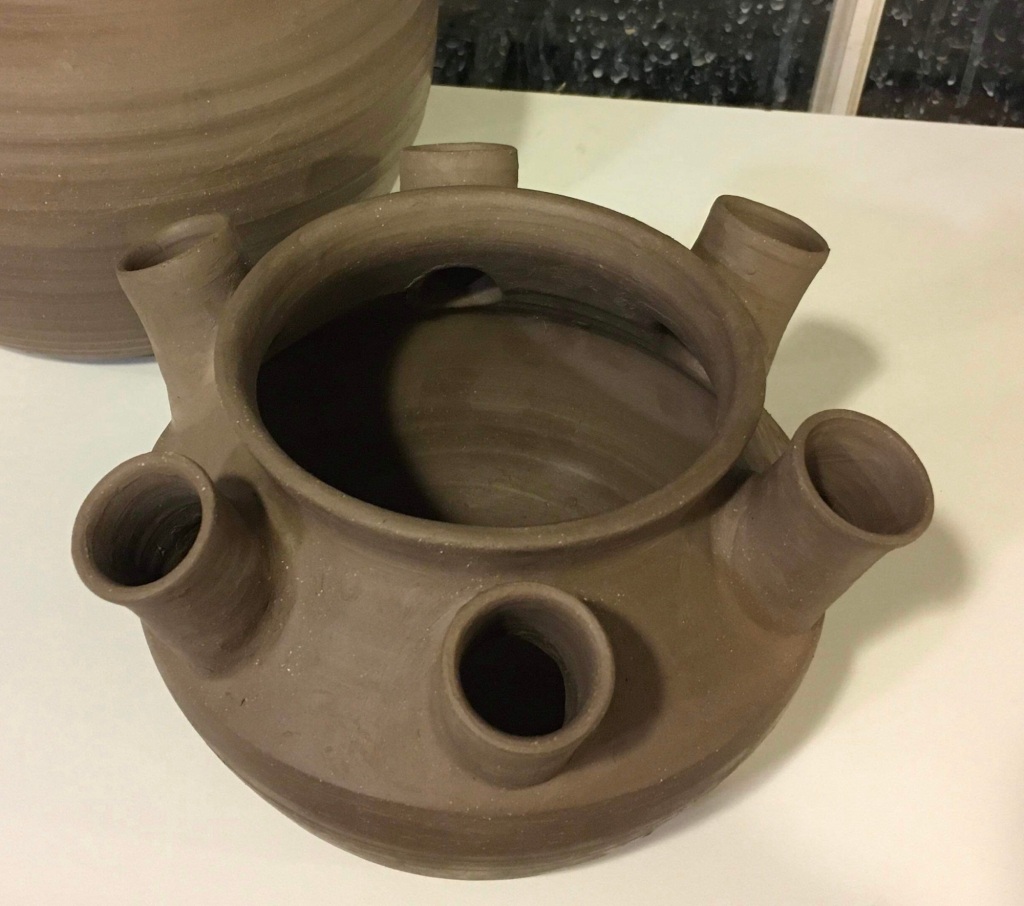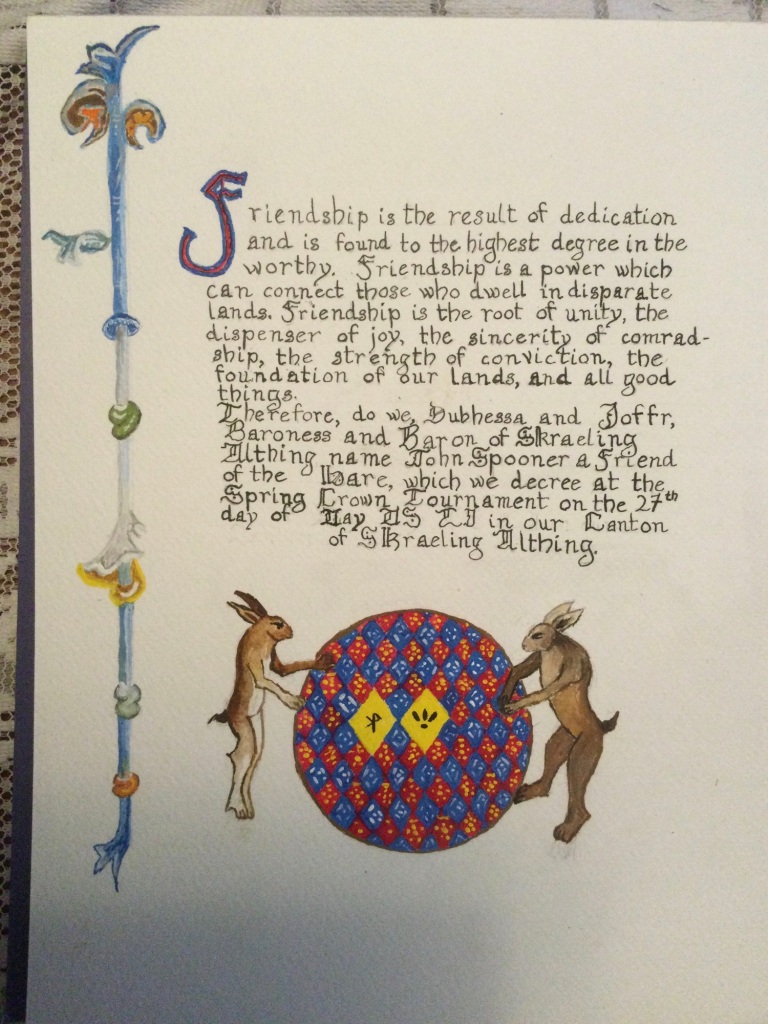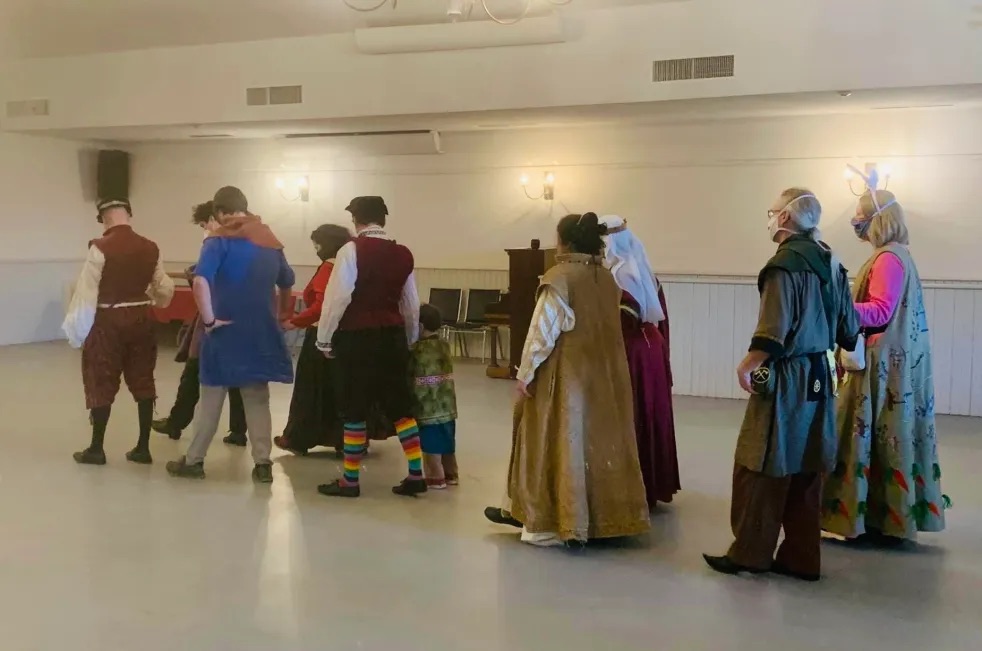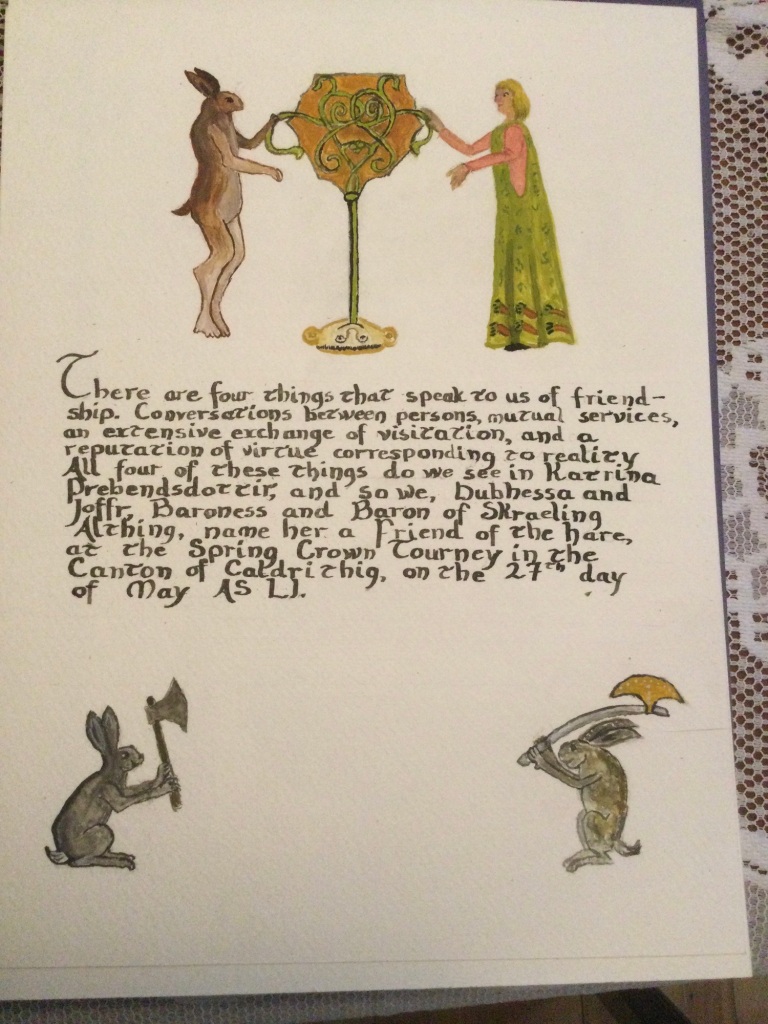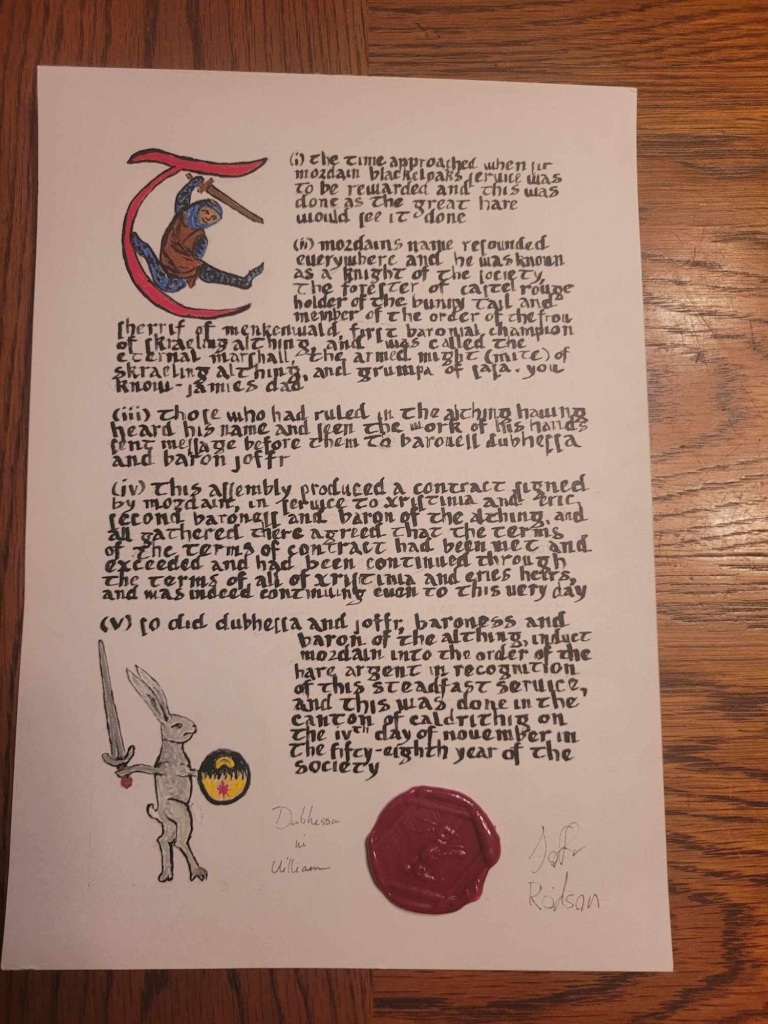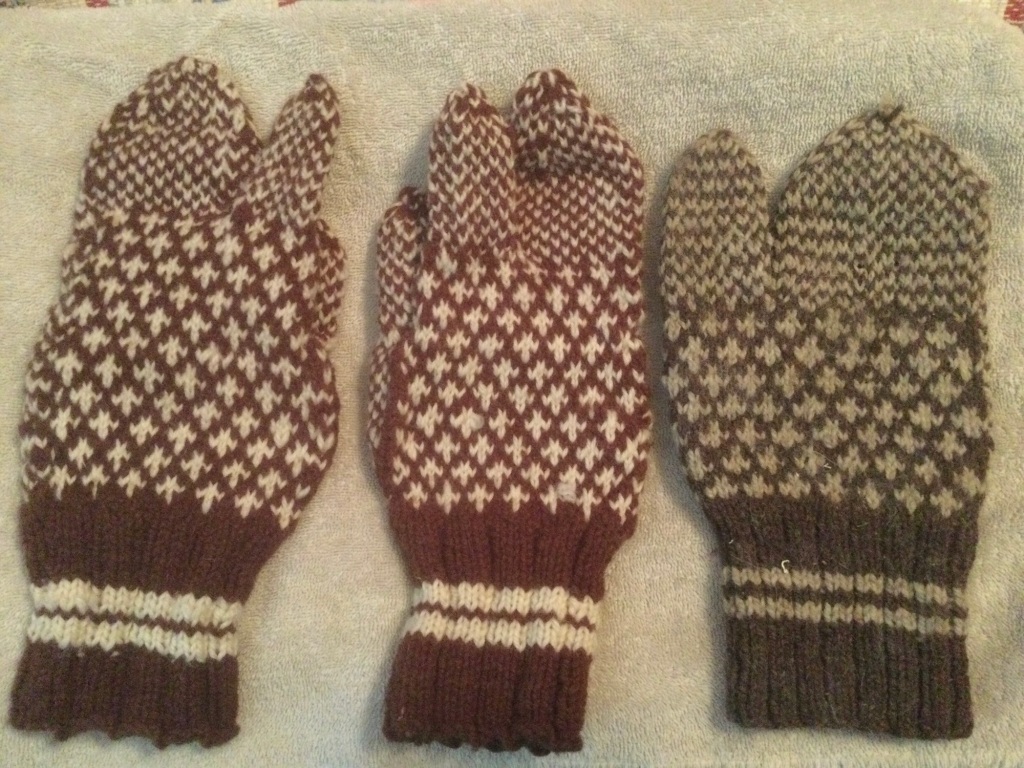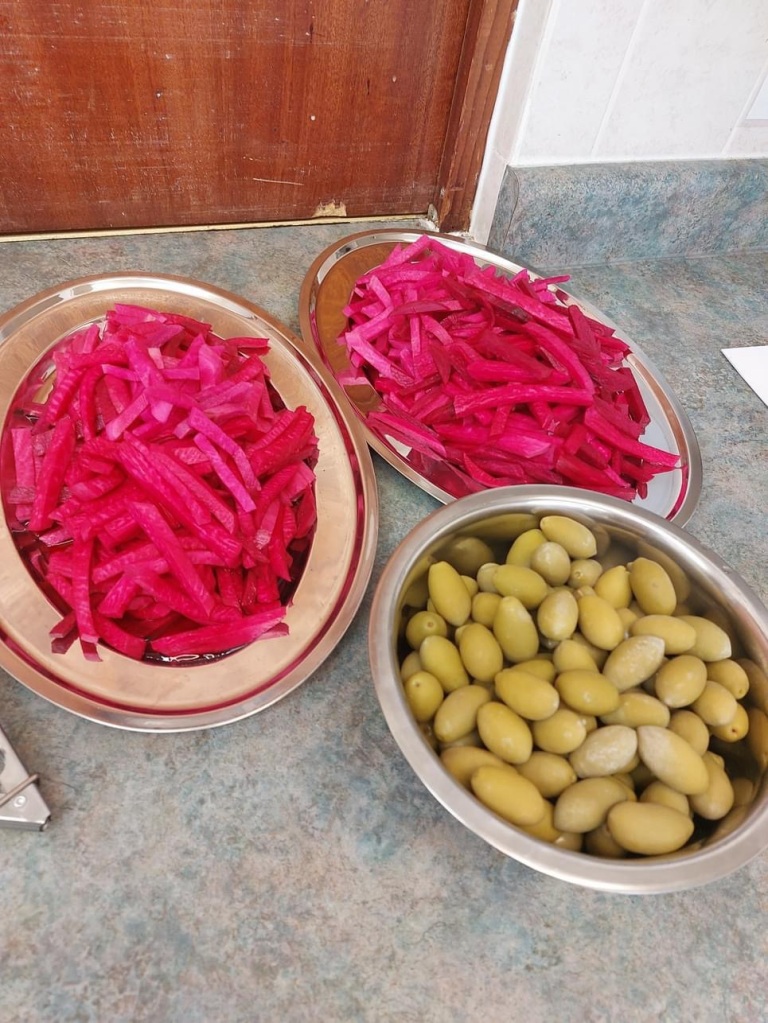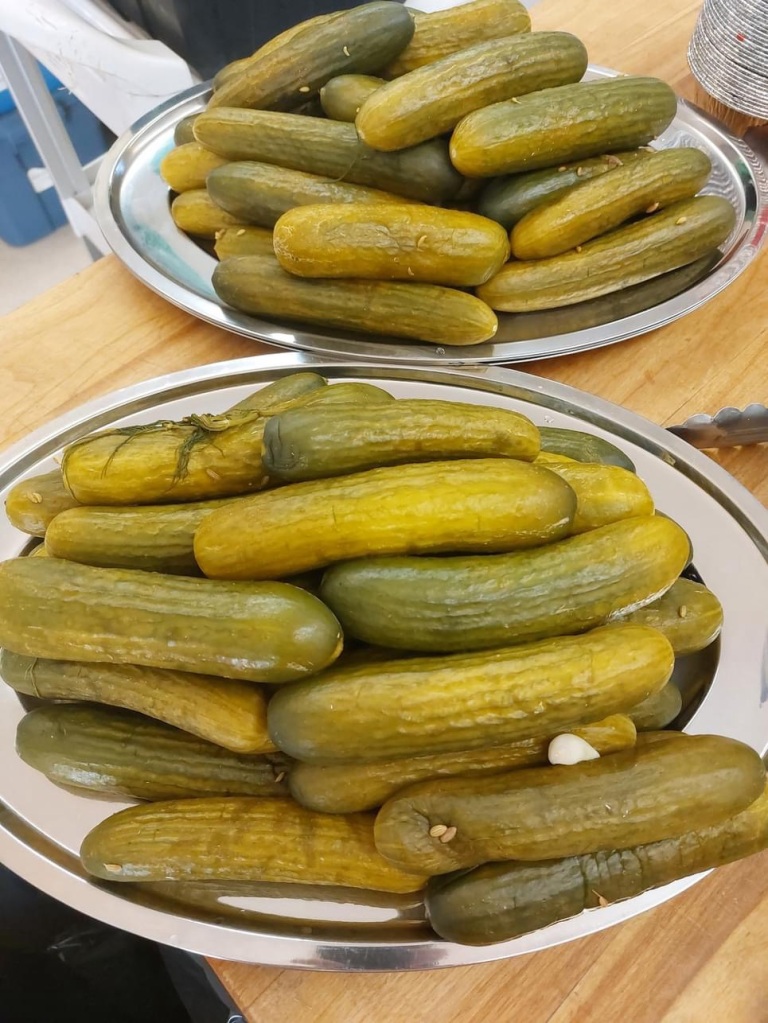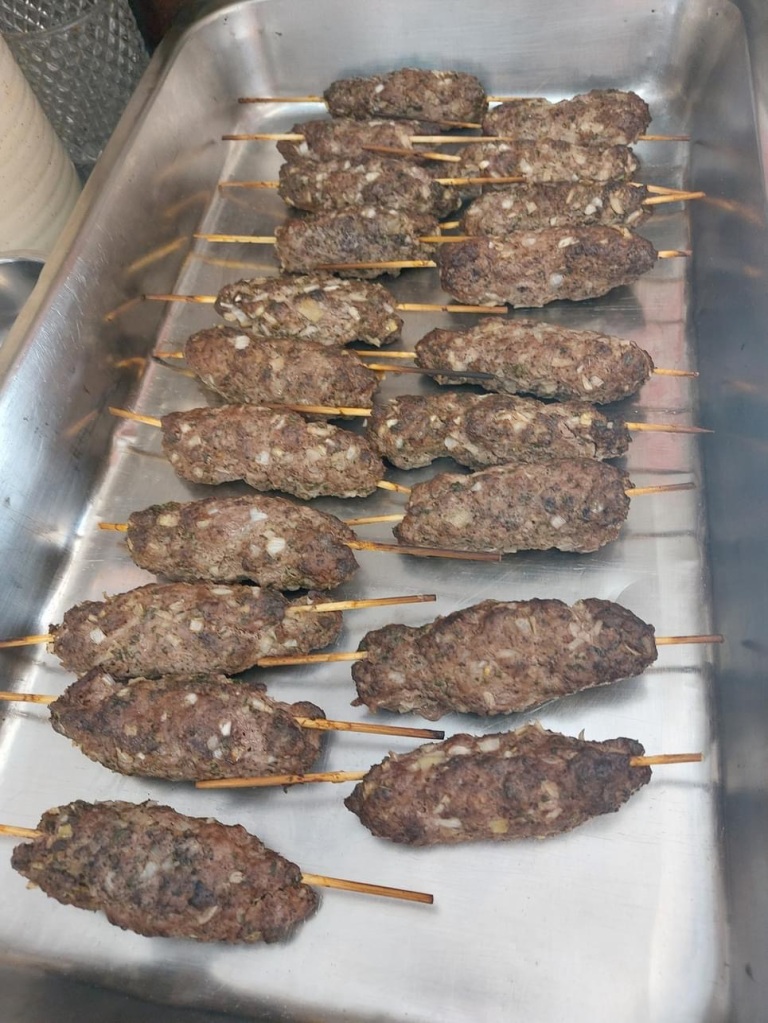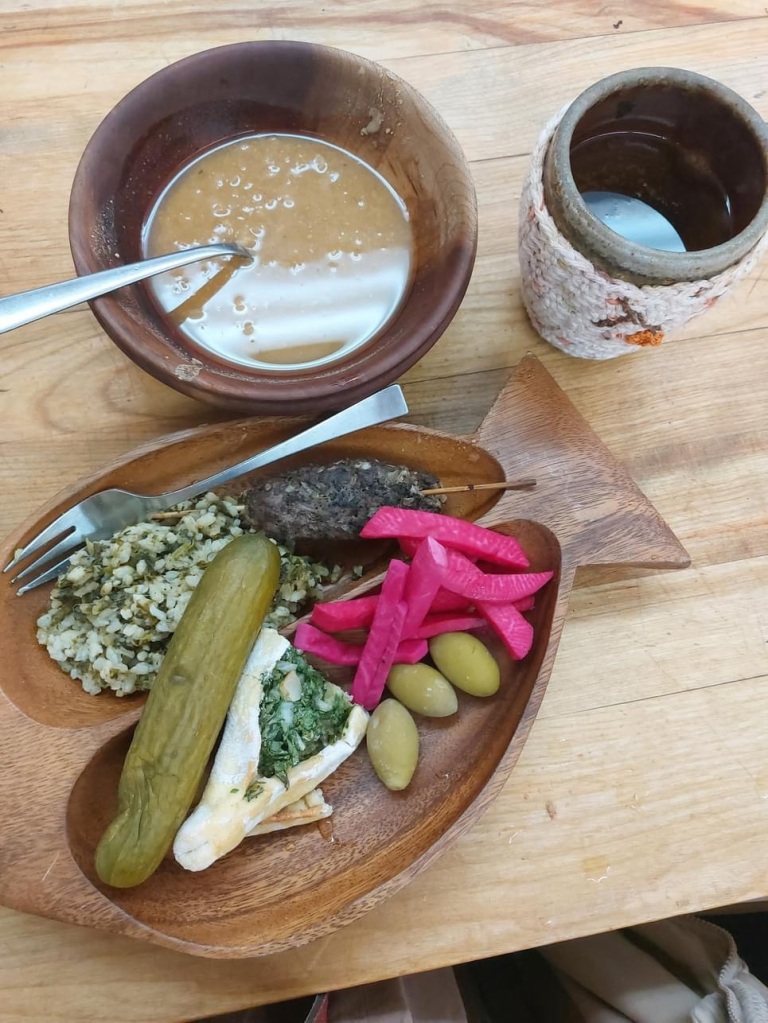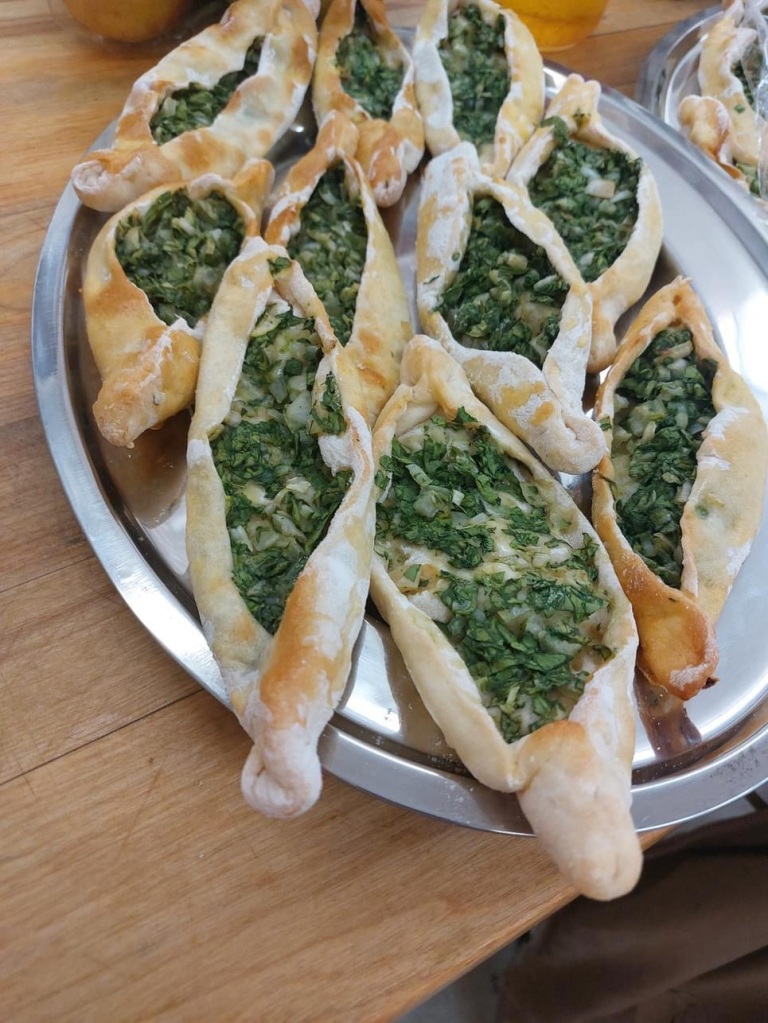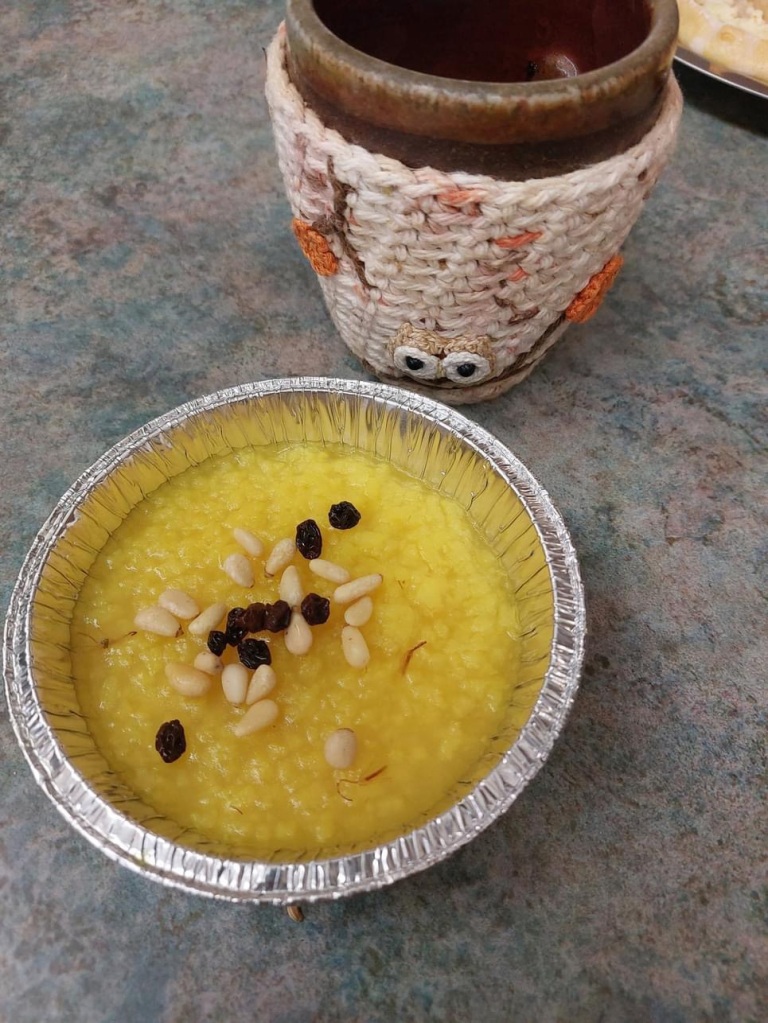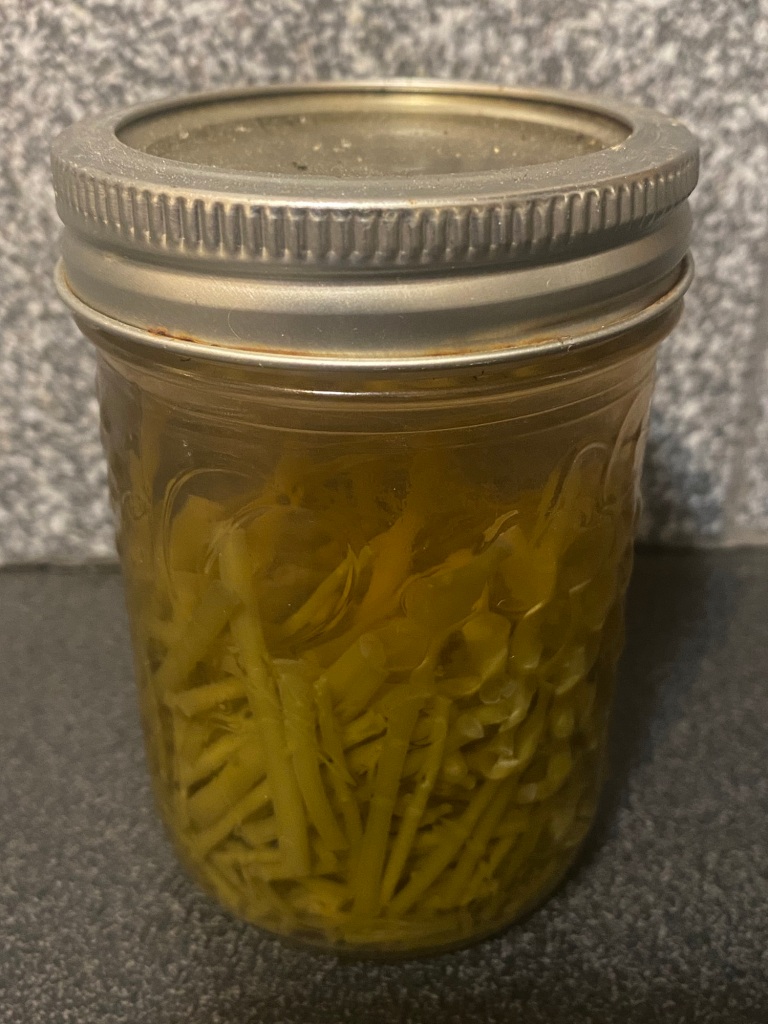It has been almost a month since Practicum, one of my favourite arts and sciences events. I’m still feeling a bit of a glow. I didn’t take any classes myself, but I taught (or co-taught) three, and did a crafty children’s thing.
My first class was on board games, which was pretty straightforward as I simply set out a selection of games and people were welcome to come and play. I ended up getting thoroughly skunked at nine-men’s morris by a bright young man of about 10. Shove groat turned out to be his sister’s favourite.
Next up was a round table discussion with the Dark Ages Recreation Company about how we do historical interpretation. As usual, we hadn’t gotten ourselves terribly well organized in advance, though Darrell had put together an introductory slide show. As usual, we bounced off each other seamlessly, talking about how we developed personas and have worked as a group so often that our stories and our real-life personalities blend together into a common history, which adds to the authenticity when we present.
My last class was the history of slave uprisings in the Americas before 1600. This is still such a big topic that I struggle to keep to time and not lose anyone in the details, but I did manage to make a rudimentary map to show key locations and the questions led to some really interesting discussions. I had just finished reading a biography of the first well-known English slave trader, so I also had some new insights that I will go back and add to my post on this topic.
My craft activity of the day was building a little wagon. This had been a children’s activity at the Pelican vigil of my friends Martin and Emma. I had been unable to attend because of multiple COVID exposures the week before their elevation, so it was lovely to spend time with them.
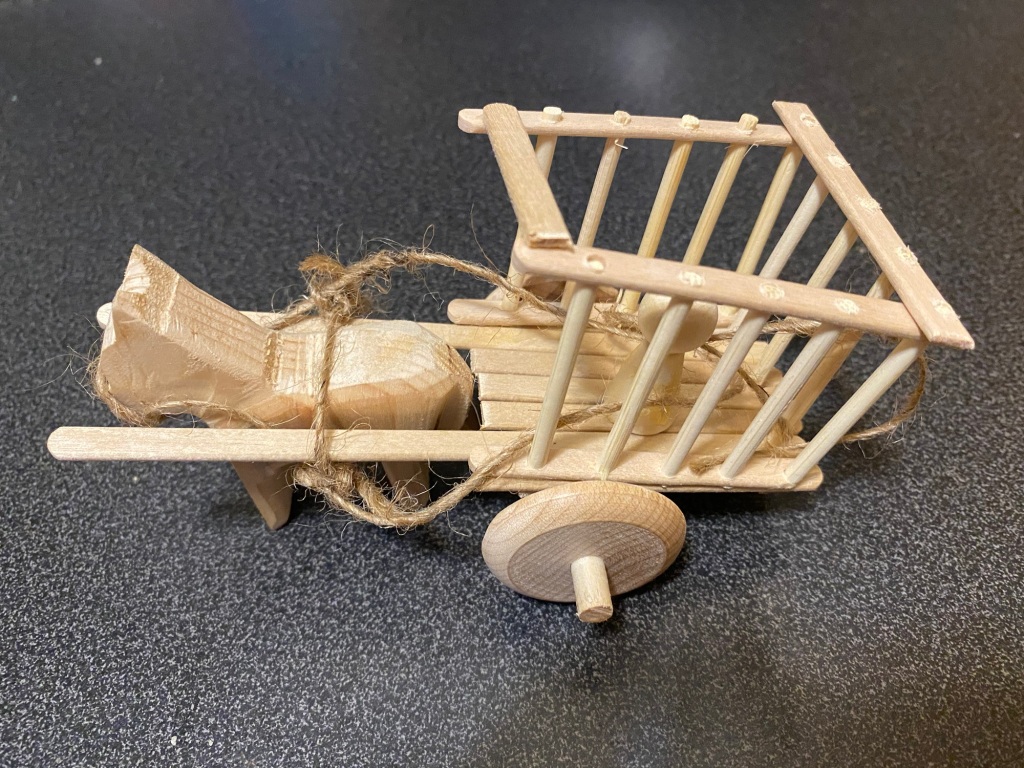
It was also the day I handed over a net bag I had made for the Ealdormere gift bag going to Gulf Wars. It has been ages since I did any netting, so it felt very satisfying.
